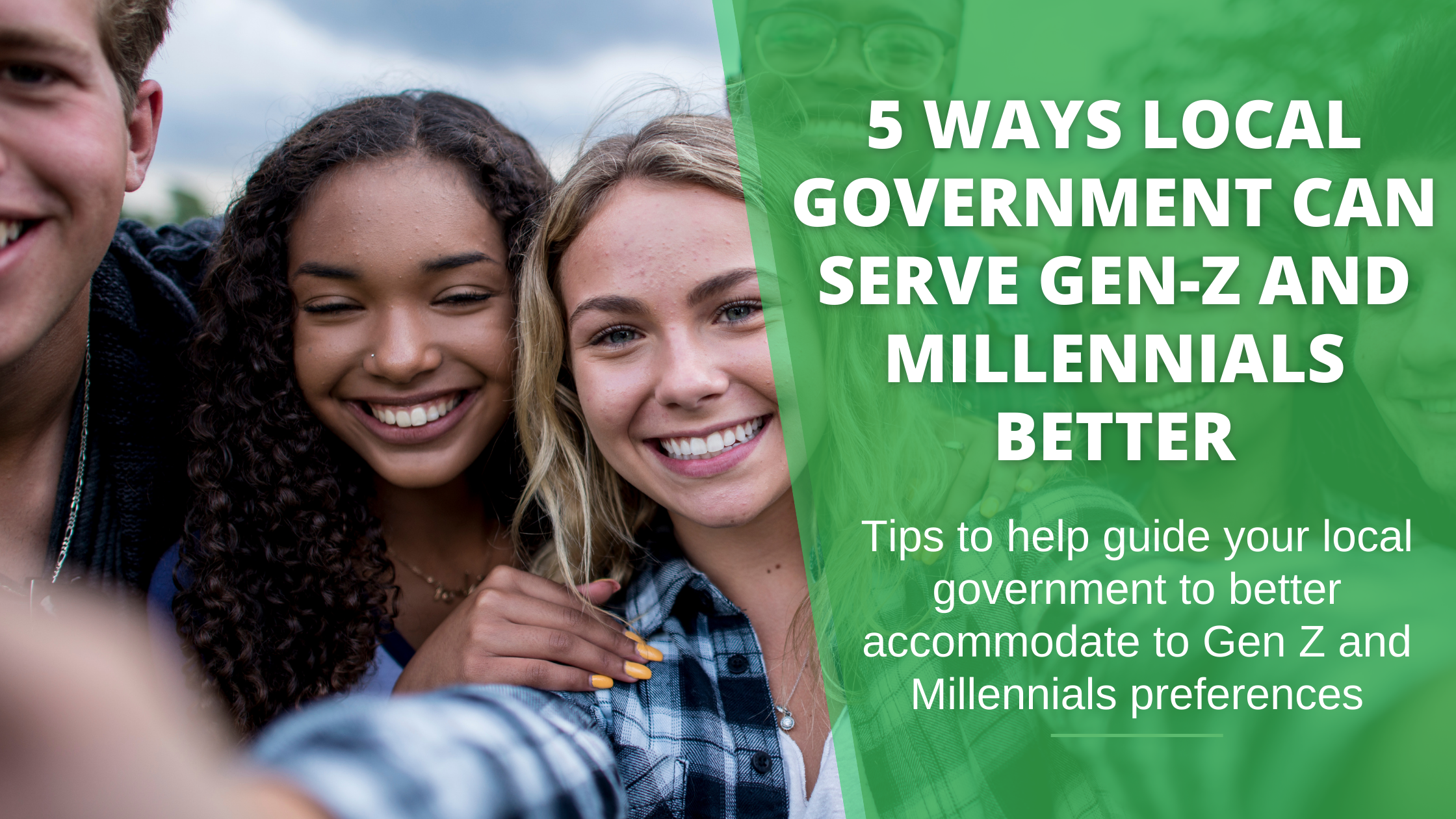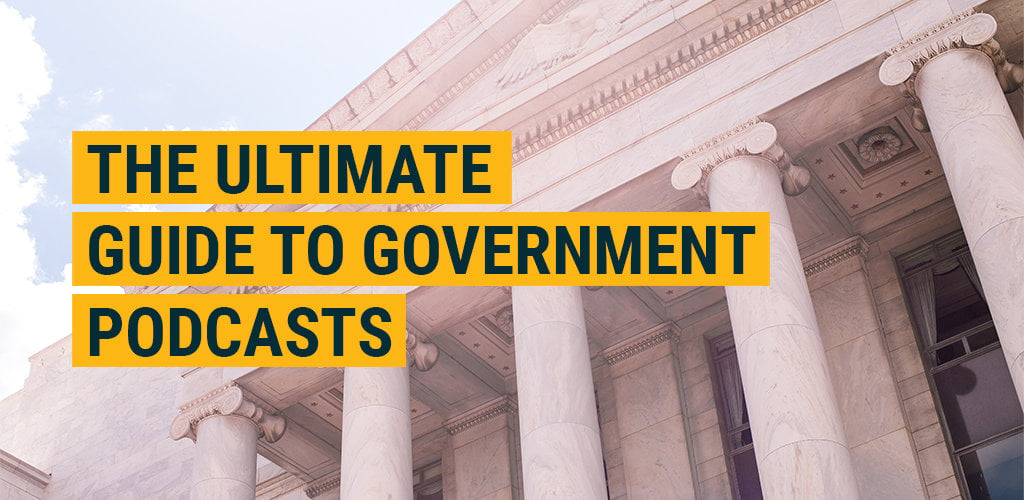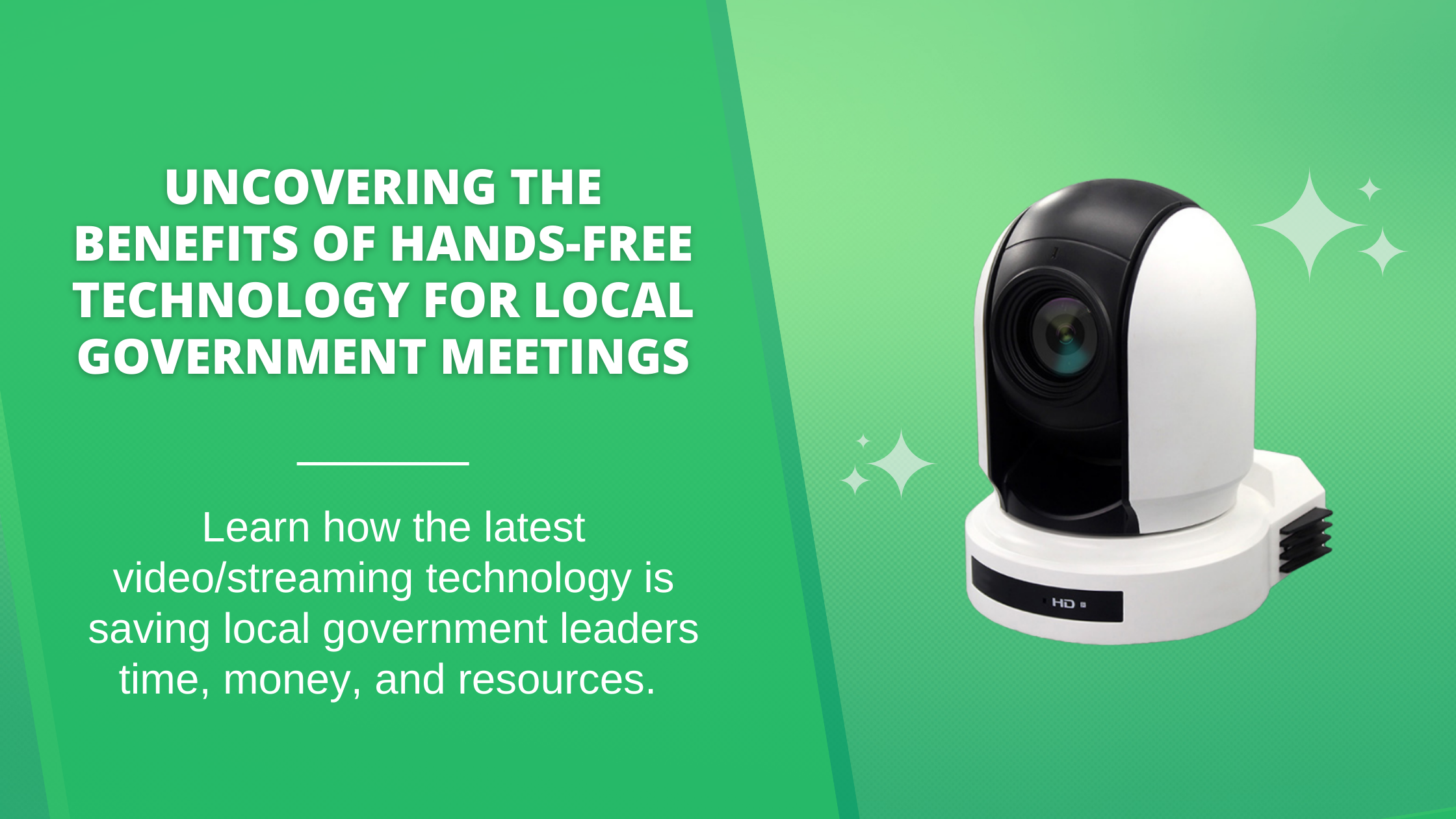“The youth is the hope of our future.” That’s a sentiment we hear often during college commencement sessions or political inaugurations, but what does it really mean when planning for the future? Younger generations inevitably become older generations, and as time passes, young people will play an even more integral role in thought leadership and change-making in their communities. Local government officials know better than anyone that small steps lead to significant changes, and younger generations hold similar sentiments toward making a difference in their communities, which is why it’s critical to serve generations like Gen-Z and Millennials in the way they want to be reached.
In our last blog, we discussed our latest national survey data and touched upon generational preferences. One of the main takeaways from our respondent's data was that the younger the generation is, the more they prefer omnichannel access to local government services. Besides that, younger generations tend to disagree with the statement “I can communicate with my government easily.” Local government agencies must be prepared to accommodate growing expectations from younger generations- which is why we will unpack 5 ways local government can serve Gen-Z and Millennials better. Let's begin with a digital tool you probably have seen in a few Gen Z and Millennials' hands...
1. Smartphone Apps
Gen-Z and Millennials are both generations that have grown up with technology dependencies to some degree and are part of the digital revolution. In fact, these generations are digital natives and grew up with smartphones their whole lives, it makes sense that the preferred means of communication for smartphones have increased over the years. Besides that, Gen Zers spend a lot of time on their smartphones, “55% of Gen-Z uses their smartphones for five or more hours a day." - Pew Research Center. When thinking about reaching younger generations, smartphone apps is a reasonable outlet to consider.

"Mobile app statistics show that mobile apps account for 52% of global internet traffic." (Dataprot)
So where does this come into play for digitally bridging the gap between citizens and their local government? Well, the answer may seem obvious, but it means that local government services should be readily available on smartphone apps to accommodate mass preferences, which may be easier said than done. We know that Gen Z and Millennials are “App users that are younger, more educated, and more affluent than other cell phone users.”(Pew Research)
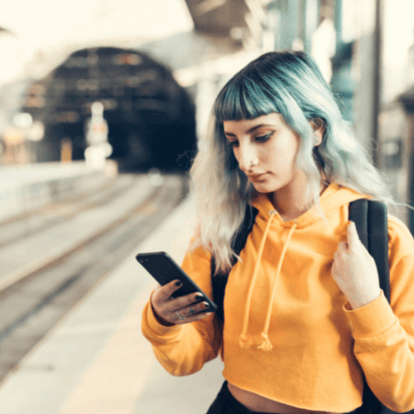
The good news is that there are many solutions in the market that accommodate local government services on smartphone apps, and some services specifically make more sense to translate into an app. For example, in our What Citizens Want report we uncovered that Pothole and Street Repair requests were one of the top ten services citizens wanted to be digitized.
We understand that smartphone apps are critical to Gen-Z and Millennial satisfaction, so if these generations could submit pothole and street repair requests through an app, that might increase positive sentiments towards communicating with their local government. Moreover, a step even further would be if local governments could automate the process and keep citizens updated along the way as their pothole and street repair request is being resolved. Technology is constantly improving and enhancing, and younger generations have an expectation that their local government will follow suit.
2. Video-Content
We just mentioned how Gen-Z and Millennials prefer smartphone apps, which may correlate that some of these generations' favorite apps are Youtube, Instagram, and Snapchat. These generations are visual learners, they retain and spread information and communication through mediums like images and videos.
“Video is the number 1 source of information for 66% of people.”(TechJury)
When we think about video content and resources it’s reasonable to consider that younger generations are more accustomed to this form of communication, as videos on apps and websites are meant to be engaging and straight to the point.
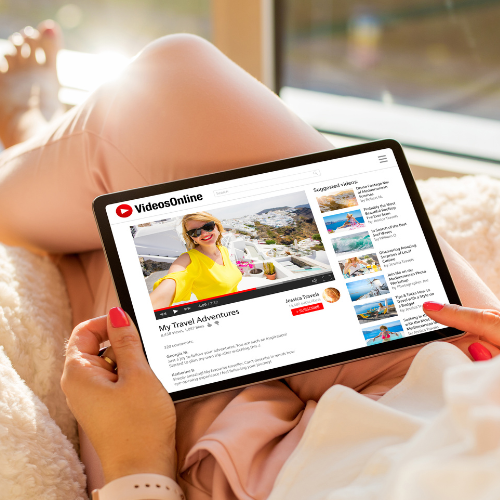
“YouTube was the social media platform with the biggest reach among U.S. Gen Z and Millennial internet users regardless of gender.” (Statista)
So we know videos are meaningful points of engagement, now let’s think about this trend through the lens of local government. We touched earlier upon the idea that small steps lead to significant changes. The same could be said for video content focused on local government services, and reaching a more expansive audience. In our What Citizens Want report, we found that Public Health crept to the top 10 list of services citizens care about, meaning it might behoove the local government to create public health announcements via video, in order to reach younger generations where they’re at.
3. Social Media
The culture of social media is a fundamental part of Gen-Z and Millennials' personhood, as these digital natives grew up with these social media platforms manifesting into a crucial part of communication.
“The most popular social media platforms for Millennials are Facebook, Instagram, LinkedIn, and Twitter, while Gen Z’s are mostly video-based platforms, like Snapchat, Instagram, YouTube, and TikTok.” (PMD Group)

We know that social media platforms adhere to different mediums, for example, Youtube and TikTok have a larger focus on video content. Still, it's important to identify where younger generations are at on social media to better focus local government services on the various social channels. Below is a chart from Statista on the reach of selected social media platforms by Gen Z and Millennial users in the U.S. We can see that Youtube tops the chart, followed by Facebook and Instagram, and Tik Tok hitting last place (which may attribute to the fact it’s a newer social app as well.)
Source: U.S. Gen Z & Millennials social network reach by gender 2019 | Statista
So how does this relate to local government? Gen Z and Millennials are dependent on these social media apps and access them daily for communication and leisure, and local governments may consider using these social platforms as outlets for information about services. We may sound like a broken record but it does hold true: we have to meet citizens where they’re at. If we know that Youtube, Facebook, and Instagram lead the charts for reach among these generations, it may interest local governments to share information about the services they care about on these platforms. Take for example services like recreation programs that made the top ten list in our What Citizens Want report, there could be a potential social post that warrants a call to action for reserving recreation services.
4. Online Bill Pay
By now we’ve covered the importance of smartphone access to local government services for Gen Zers and Millennials, but another crucial component is the ability to make payments online. Take a moment to think to yourself the last time you mailed in a check for a utility bill, it’s more common these days to utilize the convenience of online bill pay. “57% of Gen Z and 50% of millennials are increasingly relying on e-transfer banking services to pay bills and perform everyday banking transactions.”(Medium)

Let’s pivot then to how this e-commerce trend may impact local government civic engagement decisions. In our full What Citizens Report we revealed that one of the top ten services citizens wanted to be digitized was Utility Billing. If local governments could implement or integrate a tech stack resource that allows citizens to pay utility bills online, they would be serving the greater preference.
5. Accommodating to Internal Work Preferences
So far we’ve talked much about how local governments can serve Gen Z and Millennial citizens, but now let's shift to how local governments can serve Gen Z and Millennial city staff. After all, looking inward is as important as looking outward, and retaining quality city staff comes with understanding their needs. We’ve discussed how these younger generations are some of the most technologically savvy citizens, but they’re also culturally affluent and care about the world around them.
“Nearly two in five (37% of Gen Zs and 36% of millennials) say they have rejected a job and/ or assignment based on their personal ethics.” (Deloitte) Local governments must work to provide these generations with resources and a work culture that aligns with their values to avoid contributing to The Great Resignation.

Source: Deloitte Gen Z and Millennial Survey PowerPoint
We saw through the pandemic how local governments shifted to hybrid work schedules and integrated chat-based communication platforms like Teams and Slack to accommodate changing factors, and the reality is that these aspects have become the “new normal” or even “new expectations” for younger generations.
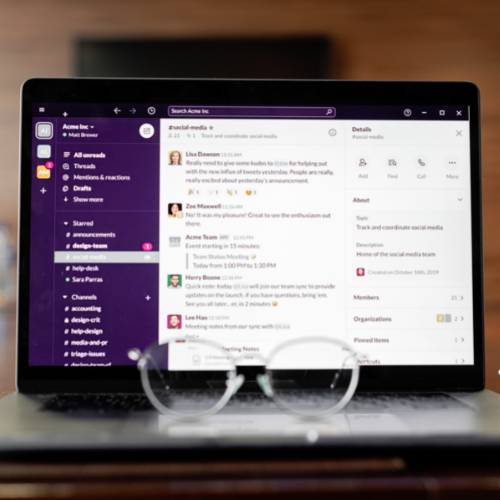
“The vast majority of Gen Zs (75%) and millennials (76%) would prefer working patterns where they either split their time between remote and on-site work or work entirely from home.” (Deloitte) When thinking about these preferences for Gen Z and Millennial city staff, local governments must work towards meaningful engagement plans and provide these younger generations with the toolset to help them best thrive in a work capacity.
Bottom Line: So yes, the future is critical to the success of Gen Z and Millennials, and local government should act with them in mind when planning for the future. We know from our What Citizens Want to report that generationally Gen Z and Millennials are the least satisfied with communicating with their local government services, meaning there is work to be done. Some ways local governments can adhere to younger generation preferences are through Smartphone Apps, Video-Content, Social Media, Online Bill and Pay, and Accommodating Internal Work Preferences. In our full report, we cover more in-depth insights pertaining to citizen preferences and services to prioritize digitization. Ready to discover more insights on civic engagement planning?
